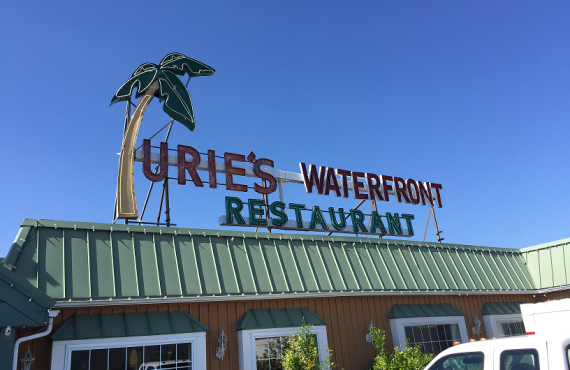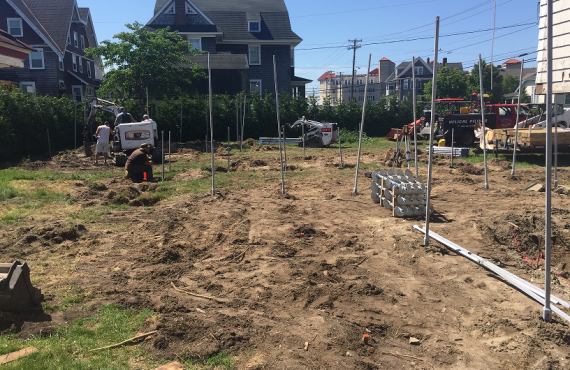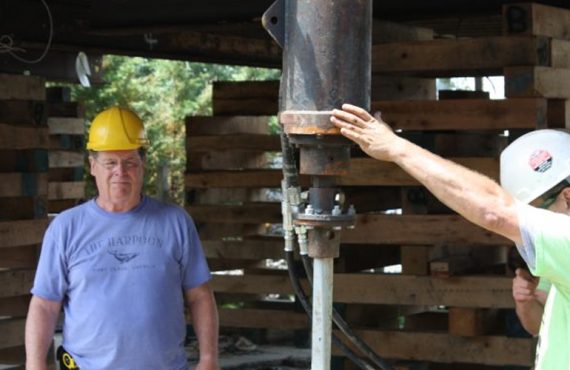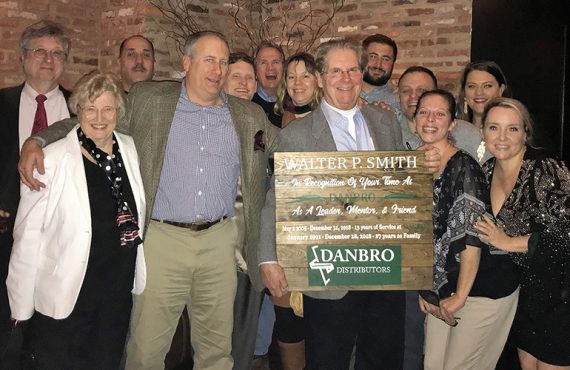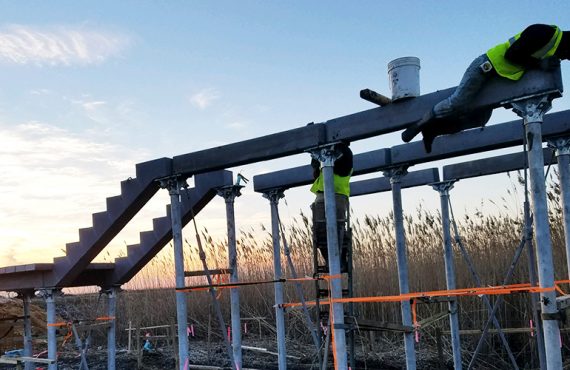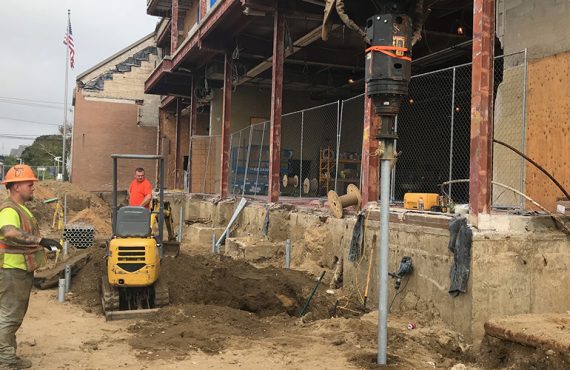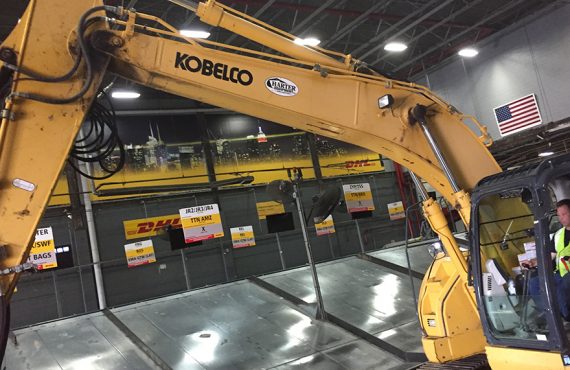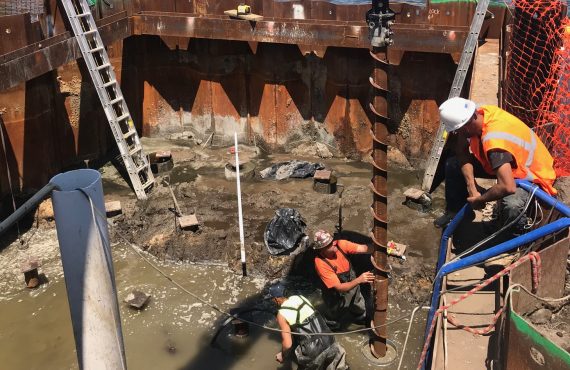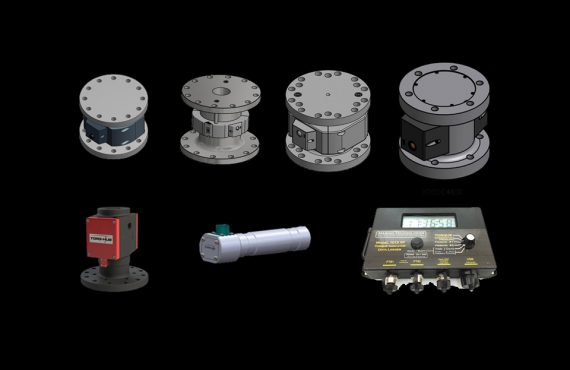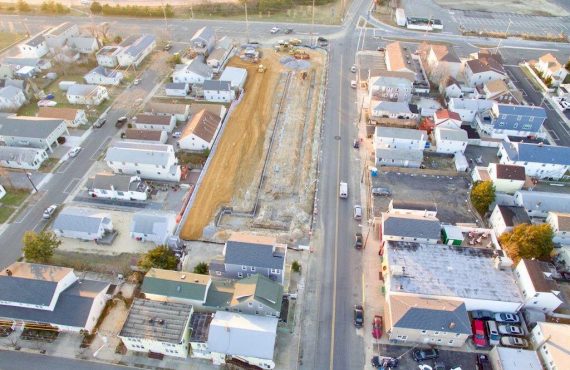Nick Gill, Danbro’s field specialist, stands 6 feet, 4 inches and weighs in at a graceful 265 pounds. He managed to squeeze into the crawlspace of a home in Irmo, South Carolina with a sagging floor and few options to arrest the settlement.
Jerry Shackelford of Shackelford & Sons Contracting was tasked with finding a solution for this problem by his client, a South Carolina property management firm that had invested in the apartment complex. Some of the buildings appear to be constructed on unconsolidated fill and 204 Riversong Road would be a test case for a common problem at this and other properties.
Jerry Shackelford had done his homework and researched a potential fix. The most viable solution was using helical piers – segmented piles that come in various lengths and can be installed with portable, hand-held equipment.
The next step was to find a supplier that would deliver the equipment and the expertise critical to the project’s success. Most importantly was finding a company to provide the training that would enable Shackelford and Sons to replicate this fix on similar projects as well as other foundation work.
The Situation
A newly installed chimney did not have a proper foundation, which caused the floor and floor joist to sag under that additional, unsupported weight. The work to stabilize the floor and arrest the settlement needed to be done from the crawlspace, both to avoid disrupting the occupants and ripping up the expensive hardwood floor. Seven helicals, needed to be installed under the floor joists and floor. The overhead restriction ranged from a high of 48 inches to a low of 20 inches.
The Fix
The repair plan consisted of three helical piers spaced 4 feet apart with custom adjustable timber brackets manufactured by IDEAL. The bracket terminations supported a 15-foot, 6-inch by 6-inch pressure-treated wood beam under the chimney. Hydraulic jacks on top of the brackets were used to simultaneous lift all three brackets to support the floor with a new load-bearing timber beam. The other four piles were installed in lines of two on either side of the new beam system to reinforce the existing joist.
Seven 3-foot lead sections with an 8-inch and 10-inch helical configuration and three additional 3-foot extensions were installed 15 feet deep to support the 12.5 kip working load per pile.
The severely restrictive overhead required that each pier location be excavated to create enough overhead to provide clearance for the drive head and accommodate installation. Installation equipment included a power pack, situated outside the crawlspace with 25 feet of hydraulic hoses attached to a foot pedal with another 25 feet of hose for the reaction bar. The extendable, lightweight and high strength aluminum bar was pressed up against the foundation wall to resist the 2,500 foot-pounds of torque required to achieve the 25 kip ultimate capacity.
All Creatures Great and Small
You didn’t forget about our field specialist in the crawlspace, did you? Bump his head in the cramped quarters were the least of his concerns. “I don’t know if Jerry and the guys were kidding, but they said that South Carolina is considered to be the Australia of the United States as it relates to venomous snakes and spiders,” Gill said. “They told me, ‘Keep your eyes peeled.’”
In between frequent glances over his shoulder, Nick Gill and the Shackelford and Sons team installed the seven helical piles to approximately 15 feet in a mixture of sand and clay in two cramped days. Shackelford and Sons were appreciative of Danbro’s support and training and impressed with the adaptability of IDEAL’s foundation products.
Gill was impressed with the professionalism of Shackelford and Sons and he enjoyed working with them, the nerve-wracking warning about creepy critters aside. “They were really good, quick learners,” he said. “I’m confident that, after handling this challenging situation, they will be able to handle future projects with confidence.”



